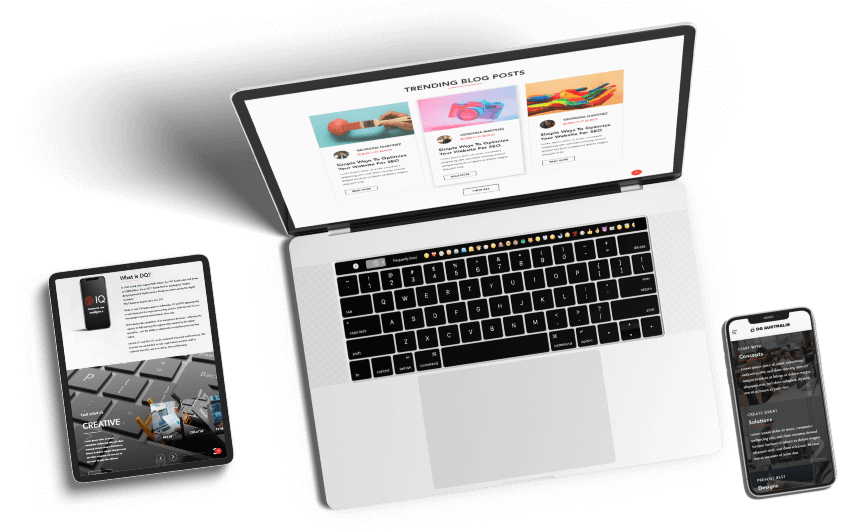

A few years ago, I spent some time with a well-known professor of neuroscience while researching the impact of marketing stimuli on the human brain and, therefore, consumer behaviour. The good professor was employed by a leading university and also advised some of the world’s leading brands, including the likes of AT&T and Coca Cola.
During the course of our innumerable interactions, I happened to once ask him which businesses in my state of Western Australia he was advising. He surmised his response in one word. “None!”
Given his pedigree and obvious skills, I was surprised by his answer. When I asked him the reason, he replied, “I will not work with businesses in Western Australia.” Again, I persisted for more clarity on the matter, he simply said, ”CEOs in Western Australia know everything!” In hindsight, I realise that he was suggesting that in Western Australia CEOs relied not on science but rather their ‘intuition’.
The fact is most businesspeople and, indeed most decision-makers, at all levels across the globe place a great deal of faith in their intuition. They are encouraged to do just that by way of several popular self-help books and YouTube videos. Some, including those the professor was referring to, rely on intuition because they think they are inherently smarter than others.
But when it comes to marketing, and especially understanding how consumers will respond to marketing initiatives, is it sufficient to rely merely on intuition? Before answering this question, it is worth considering the following questions:
Question 1 – Will consumers prefer to receive $XX.00 cash that they can spend any way they wish of goods to the value of $XX.00?
Answer – Well, behavioural economist, Dan Ariely, conducted many experiments addressing this question. In the first, students were divided into two groups, with the first being offered $30 to perform a task and the second being offered a slab of beer valued at $30 to complete the same task. Ariely found that students were 60% more likely to volunteer when a slab of beer was offered.
In the second study consumers in his hometown were on the first Sunday, offered free ice cream and on the following Sunday, offered $4.00 cash, which was equivalent to the cost of ice cream. He found that while hundreds of people collected free ice cream, only a handful went to get their $4.00 cash.
Question 2 – How sound are the laws of supply and demand? Will consumers always choose the cheaper option?
Answer – In a study completed by leading researcher William Poundstone consumers were offered 2 kinds of beer – a premium beer for $2.50 and bargain beer for $1.80. A majority of respondents, nearly 80%, chose the more expensive beer.
When a third beer was introduced – a super bargain beer for $1.60 – some 80% bought the $1.80 beer and the rest $2.50 beer. Nobody bought the cheapest available option.
When the $1.60 beer was subsequently replaced with a super-premium $3.40 brand, most people chose to buy the $2.50 beer, a minuscule number, $1.80 beer, and around 10% opted for the most expensive $3.40 beer.
Question 3 – Will more options and, therefore, more choices lead to increased sales because you are more likely to have exactly what the customer wants?
Answer – Sheena Iyengar from Columbia University completed one of many studies examining this question in a supermarket environment by offering shoppers access to one of two displays. The first involved 6 flavours or styles of jam and the second involved 24 flavours or styles of jam.
With the shoppers that were offered the display involving all 24 options – 60% stopped to look at the display and 3% made a purchase. With the shoppers that were offered the display involving 6 options – 40% stopped to look at the display and 30% made a purchase.
This study was consistently replicated and in subsequent studies, it was also discovered that people who purchased after seeing 6 options were significantly more likely to be satisfied with their purchase and, as a result, repeat their purchase.
Question 4 – Will increasing the price of a consumer good in a competitive market, increase or decrease sales? Can increasing the price improve the perception of quality?
Answer – Consider the case of Procter & Gamble’s skincare range, Olay. Not far from being a commodity a skincare cream was tested in Europe at three price points of $12.99, $15.99 and $18.99. Sales were found to be significantly higher both in Euro and units at the $18.99 price point. The same product sold better at $3.00 higher price as the perception about its quality increased greatly.
A famous Stanford University study considered two wines and two price points each and asked consumers to rate their enjoyment of the wine. The findings can be summarised as follows:
The findings here point to the impact that price can have on the perception of a product. The same wine with a higher price point was enjoyed more than the same wine when offered at a lower cost. Therefore, price directly impacted the consumers’ perception of the quality of the product.
Intuition can, therefore, be very unreliable indeed. That is not to say that intuition has no value. Research suggests that intuition has significant value when it is backed by strong data. In other words, intuition is immensely useful when it is used to interpret data rather than in the absence of data. Consumer behaviour is far too complex and consumers are far too irrational to rely on intuition in the absence of proper data.
It can be safely concluded that human beings do not behave rationally, with people using intuition assuming that their audience is equally rational. To appreciate just how irrational human beings are, do check out the book Predictably Irrational by Professor Dan Ariely.
Apply your intuition after reviewing the data. In the absence of data, seek advice from consumer behaviour professionals who have ready access to the same. As you will discover in the process, not only does this lead to better decision making but also significantly help lower the marketing budget. This is especially relevant to firms that are keen to expand their digital outreach.

Few things can drive profitability more than maximising the lifetime value of an enquiry. For most businesses, an enquiry is expensive to secure. As such maximising the return from that enquiry makes perfect sense. Maximising the return from every enquiry,...
READ MORE